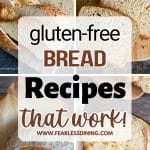Whether you’re looking for sandwich bread that holds together, artisan loaves with a crisp crust, or breads that work in a bread machine, you’ll find tested, reader-loved recipes in my gluten-free bread guide. I’ll also walk you through the flour blends that work best in yeast recipes, common troubleshooting tips, and show you how to store your gluten-free bread to keep it fresh.
This post may contain affiliate links. Please read our Disclosure Policy.
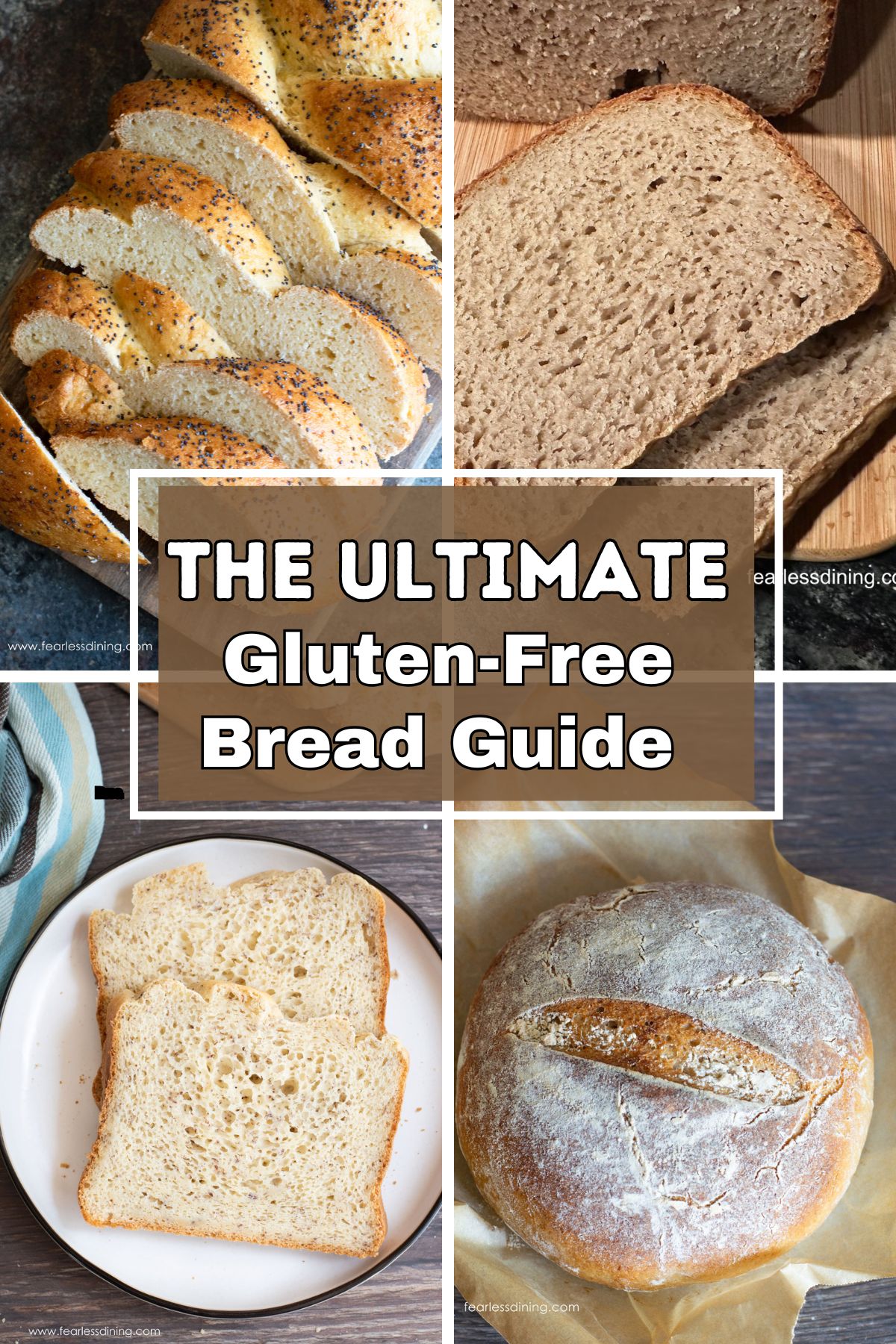
If you’ve struggled with baking gluten-free bread that doesn’t collapse, turn out gummy, or dry out too fast, this guide is for you. I’ve been testing and developing gluten-free bread recipes since we went gluten-free back in 2010, when store-bought options were nearly impossible to find. Over the past 15 years, I’ve created dozens of reliable recipes using multiple gluten-free flour blends, and I’m excited to share my best tips and most trusted loaves with you here.
I have tons of great bread recipes that are both yeasted and non-yeasted on the blog. Browse them here => gluten-free bread recipes.
The Best Gluten-Free Flour Blends for Bread:
I have personally tested almost every bread recipe I create using at least two different gluten-free flour blends. Readers often write to tell me which blends they use successfully as well. (*Note, I am unable to test wheat starch flours like Caputo and King Arthur 00 flours because they make me very ill.) These are the blends that consistently produce soft, sliceable, and flavorful gluten-free bread:
- Authentic Foods Steve’s Gluten-Free Bread Blend – By far the best for shaped breads. This blend does NOT work in a bread machine.
- My DIY Gluten-Free Flour Blend – My homemade blend works incredibly well in yeast recipes.
- My DIY Gluten-Free Whole Grain Blend – If you prefer a delicious whole grain loaf, use this blend.
- Cup4Cup – I have mostly tested the older version with dairy. I have also tested these Gluten-Free Yeast Rolls with the green bag whole grain Cup4Cup blend.
- Jules GF – I have used this for my Gluten-Free Sourdough Sandwich Bread recipe with great results.
- Better Batter – Many readers have written that they love this blend for making bread.
- Namaste Gluten-Free Flour Blend – I have only tested this blend in my Gluten-Free Sourdough Boule recipe so far, but it seems to work well in other yeast non-bread recipes I have tried.
Reader-Tested Blends:
- Pamela’s All Purpose Gluten-Free Blend – Tested in my Gluten-Free Honey Rolls recipe.
- Caputo – One reader tested this blend in my Gluten-Free Hawaiian Bread recipe.
- Namaste – One reader loves this blend in my Gluten-Free Bagels recipe.
👀 Sandi Says: Blends like King Arthur Measure for Measure and Bob’s Red Mill 1:1 are not recommended for yeast breads, as they do not support proper rising and can result in dense or collapsed loaves. Always look at the brand website because they will list if their blend works in yeast recipes.
Read more about which gluten-free flour blends work in yeast recipes in my gluten-free flour blend guide.
Common Bread Troubleshooting Tips:
Even with a great recipe, gluten-free bread baking can take a little practice. Here are the most common issues I hear from readers, along with suggestions on how to fix them.
Why is my gluten-free bread gummy inside?
Gummy gluten-free bread can be frustrating. The two main reasons for gummy bread are that the loaf was not baked long enough and that the loaf was cut while it was still hot. Be sure the internal temperature of the bread is around 210ºF to know it’s fully baked. I share more details in my gluten-free bread troubleshooting guide below.
Why did my bread loaf collapse after baking?
This often happens when the dough is overproofed or the flour blend lacks binding power. Try reducing the rise time slightly or using a tested gluten-free flour blend (listed above) with xanthan gum or psyllium husk.
Read my Guide to Gluten-Free Binders for more information on how binders work in gluten-free baking.
Why didn’t my bread rise?
Double-check that your yeast is active and not expired. Always rise your dough in a warm environment. Cold ingredients or cold rising areas can slow or stop rising. I often preheat my oven to 175ºF, turn the oven off, then rise the dough in the oven with the door cracked open.
Can I use a 1:1 gluten-free flour blend in yeast recipes?
Some 1:1 blends work in yeast recipes, and many do not. Most brands do not list this information on the back of the bag of flour…you often have to go to the flour brand’s website to get this information. Taking a few minutes to check can help prevent you from using the wrong blend.
For more troubleshooting tips, read my Gluten-Free Bread Troubleshooting Guide. I also cover all of my favorite Bread Making Tools and Sourdough Bread Tools so you use the right equipment from the start.
How to Store Gluten-Free Bread:
Because gluten-free bread does not contain preservatives and is more prone to drying out or spoiling quickly, I always recommend storing it in the freezer. I very rarely store my gluten-free bread at room temperature.
Freezing Gluten-Free Bread:
- Let the loaf cool completely before slicing. Slicing too soon traps steam and can make the bread gummy inside.
- Slice the whole loaf, then place parchment or wax paper between slices so you can pull out only what you need.
- Store the sliced bread in a freezer-safe zipper bag or an airtight container.
For more storage tips, read my Gluten-Free Bread Storage Guide.
To Reheat Gluten-Free Bread:
- Let slices thaw at room temperature for 15 to 30 minutes.
- Toast straight from frozen, my most commonly used method, personally.
- For a warmer, softer texture, microwave a slice for 15 to 20 seconds.
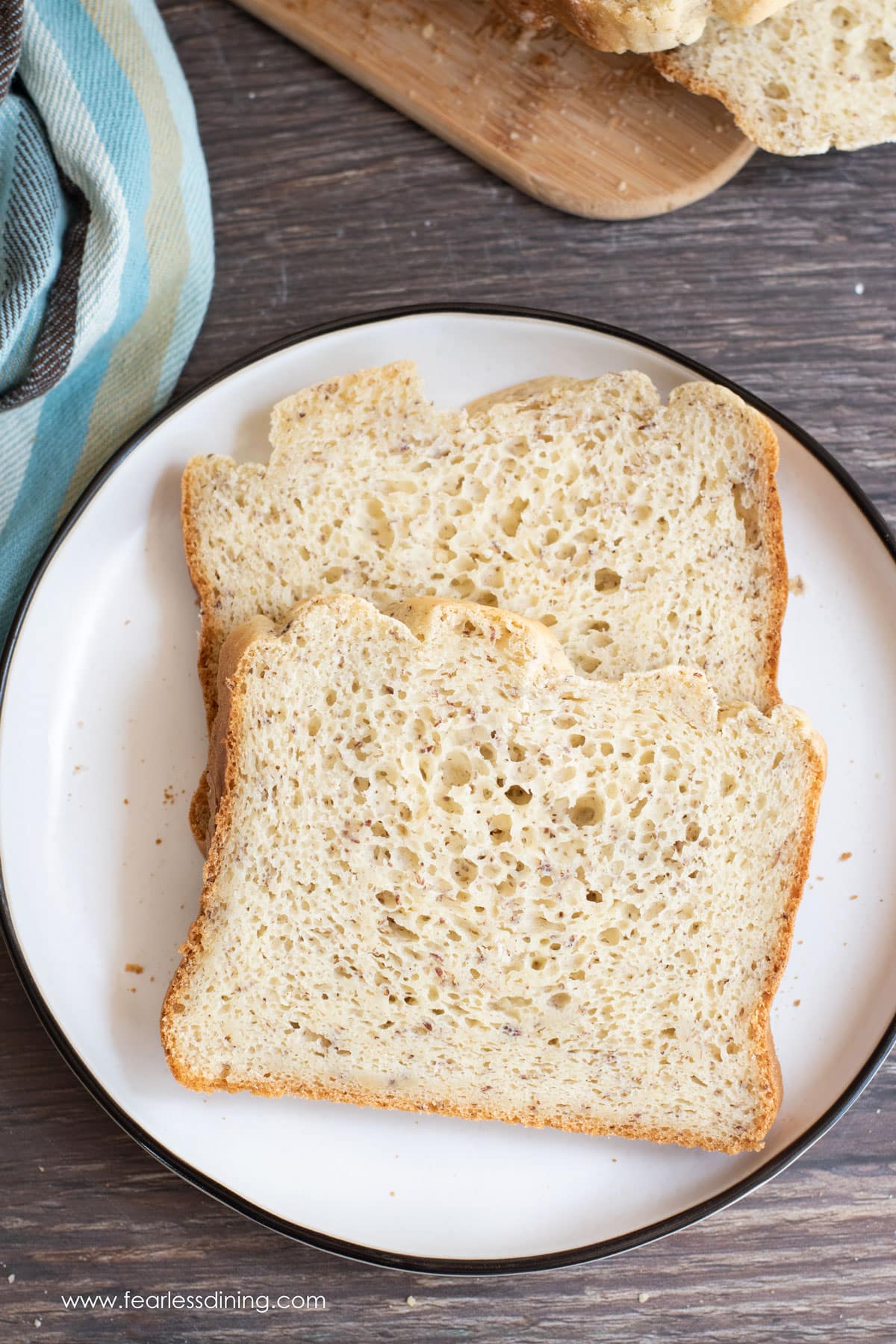
Gluten-Free Sandwich Bread Recipes:
When you need a soft, sliceable loaf that works for everything from sandwiches to toast, these gluten-free sandwich bread recipes are a great place to start. They’ve been tested with multiple flour blends and include tips for adapting to bread machines or Pullman pans where possible.
These loaves are yeast-based and rise beautifully when made with the right flour and proper hydration. If you’re new to gluten-free yeast breads, start with one of the beginner-friendly options below.
Beginner-Friendly Gluten-Free Loaves:
These recipes are reliable for first-time gluten-free bakers and do not require shaping or advanced tools.
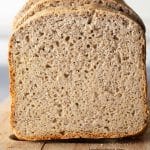

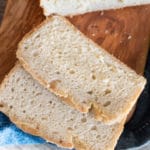
Note: These recipes are designed for oven baking. If you’re using a bread machine, see the Bread Machine Friendly section below for tested options.
Gluten-Free Multigrain Loaves:
These gluten-free bread recipes are packed with flavor and nutrition, featuring hearty gluten-free flours like buckwheat, oats, and sorghum. Each recipe is made using one of my DIY gluten-free flour blends, which I carefully developed to provide structure and softness without the need for xanthan gum. These loaves are perfect for readers who want a wholesome, whole-grain alternative to white bread.
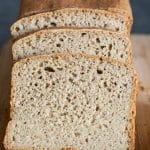
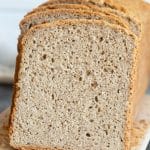
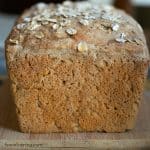
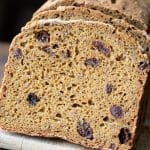
Looking for bread machine instructions? See the Bread Machine section below for tested options.
Email This Recipe To Me!
Bread Machine Gluten-Free Bread Recipes:
These gluten-free bread recipes have been tested in bread machines and include specific tips for machine settings and pan types. If you are using a Hamilton Beach bread machine like mine or similar model, these loaves are reliable and beginner-friendly with minimal hands-on time. Most also include oven instructions in case you prefer baking by hand.
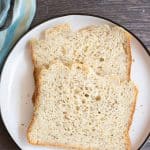
These gluten-free bread recipes also work well in bread machines. The links to these recipes appear in the above sections:
- Gluten-Free Whole Grain Bread
- Gluten-Free Oat Bread
- Gluten-Free Hawaiian Bread
Gluten-Free Artisan and Rustic Loaves:
If you love crusty edges, chewy interiors, and more rustic-style loaves, these gluten-free artisan breads deliver bakery-quality results at home. These recipes use a different approach using steam baking or a Dutch oven to help develop a crisp crust.
Crusty Sourdough Loaves:
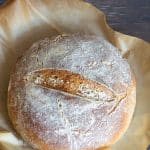

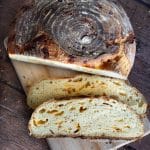
Gluten-Free Focaccia, Naan, and Flatbreads:
These recipes are naturally fluffy and often beginner-friendly. Some of these breads use gluten-free sourdough discard for added flavor. You will find I note this in each recipe.

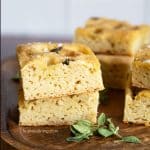
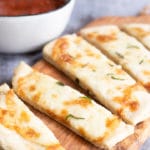
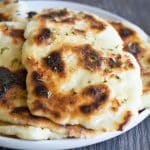
Shaped, Festive, and Special Occasion Bread:
These gluten-free breads are made for moments when you want something a little extra. Whether it is a braided challah for the holidays or a rich brioche loaf for brunch. These doughs differ slightly from sandwich breads in that they incorporate ingredients such as eggs, butter, or sugar, resulting in a softer, more tender texture. I include shaping tips and tested flour blends in each recipe to help you get great results.
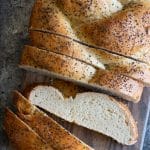

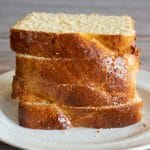
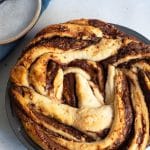
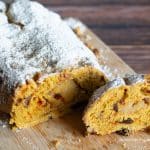
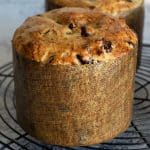

Quick Gluten-Free Bread FAQs
Do I need a stand mixer to make gluten-free bread? No. Many of my recipes are batter-style and can be mixed by hand. A stand mixer is helpful for bread recipes, particularly when using Authentic Foods Steve’s Gluten-Free Bread Flour Blend, but it’s not required.
Can I freeze gluten-free bread dough? I don’t recommend it. Gluten-free doughs don’t hold structure well after thawing. It’s better to freeze fully baked, sliced bread.
Can I double a gluten-free bread recipe? Yes, but be cautious with rise times because larger batches may need a longer time to rise and bake.
Have You Tried One of These Bread Recipes?
If you made one of the recipes from this guide, I’d love to hear how it turned out! Leave a comment on the recipe post and let me know which gluten-free flour blend you used, because your feedback helps others find success too. If you’re new to baking gluten-free bread, don’t be afraid to start with one of the beginner-friendly loaves above. You’ve got this!
I truly hope you enjoy this recipe. I have been testing and creating gluten-free recipes for over 15 years. Creating gluten-free recipes that do not taste gluten-free is my goal for every recipe. Sometimes I only have to test a new recipe a couple of times, and others it takes multiple times. I do this so you get reliable, delicious results every time!

